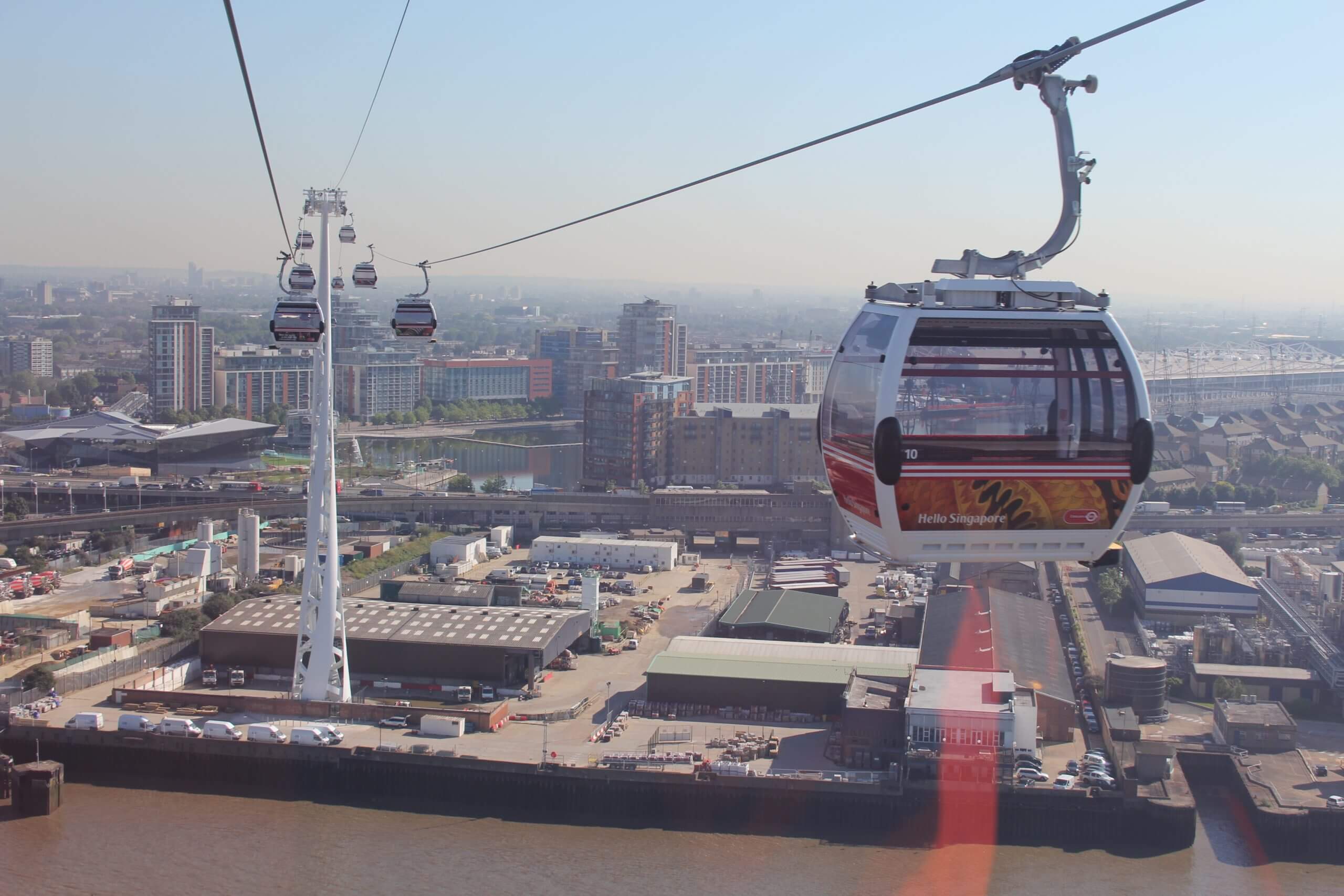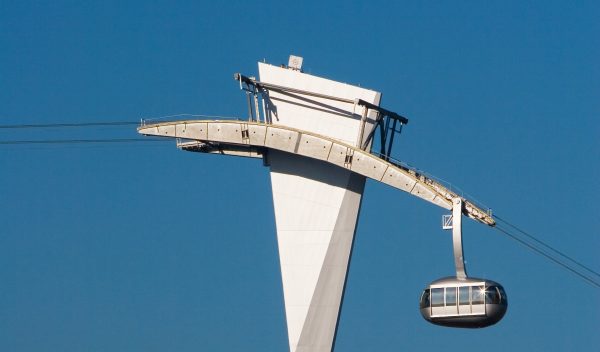
Cities, SI World 2/2019
Was kostet eine Seilbahn? Eine ökonomische Analyse
The total cost of stations depends on the design chosen, travel speed and transport capacity as well as the station length. In addition, the cost of stations can also increase significantly as a result of increased demand on the architectural design (such as for the Aerial Tram in Portland).
Equally, the costs of the cable are determined by the design. Depending on the system of the installation, a different number of cables is required. Moreover, the route length represents a major factor in the total cable costs.
The cost of the stanchions arises on the one hand from number of stanchions required for the system and on the other hand from their height and the size of their foundations.
The impact of the architectural design on the costs must also be taken into account here. To calculate the vehicle costs, the number, size and desired speed must be considered.
Whereas the cost parameters of the individual components are therefore largely dependent on technical system properties, the material/manufacturing costs (raw material, production and labour costs), construction costs (regional level of building costs) and installation costs (regional wage level) demonstrate a dependence on economic parameters.
By contrast, the transport costs are influenced mainly by the distance between manufacturer and installation location.

Architecturally unusual stanchions – like here in Portland – are cost drivers.
As cable car systems can be erected within the relatively short implementation period of approx. six to twelve months, depending on the design chosen, and at a low infrastructural installation cost – in addition to technical installation, all that is required is construction of the stations and stanchions – cable cars
stand out for their very low investment costs.
At roughly 3.5 to 19 million euros per kilometre, a cable cars still costs less than the installation of a tram (11
– 22 m euros) or metro (approx. 45 – 133 m euros). Only the establishment of a bus route is achievable with lower infrastructure, construction and economic expenditure.
In addition to the investment costs, the costs of maintaining operations are very significant in the cost comparison of the public transport carriers. The operating costs of cable cars include first and foremost staffing costs: these are dependent on the daily operating period and local wage level.
As cable cars allow a high level of automated operation, their costs aresignificantly lower than is the case for modes of transport operated by a person. Furthermore, a long operating period can be offered with equally safe operation. The energy costs are likewise low.
As the mass ratios and wind resistances of the respective directions of travel on cable cars offset one another, only the energy to overcome the system friction must be supplied to the systems.
Cable cars therefore represent the most energy efficient motorised means of transport available, as transport expert Heiner Monheim emphasises in his publication, “Urban cable cars”. Finally, there are also the maintenance costs.
These are dependent on the rail system and on the level of integration of the measures into operations without major disruption.
Finance
Urban cable cars are therefore a relatively cheap means of transport. But how should cities finance their construction and operation? Initially, they are subsidisable in many countries, as long as they are integrated into the local public transport system.
Also, cable cars offer the possibility of private financing and private commercial system operation. On the one hand, this can serve marketingoriented purposes (see also cable car in London); on the other hand, cable cars themselves can become a property development instrument as a result of their attraction value.
In the case of private commercial operation, however, integration into the existing fare system is no longer necessarily guaranteed. This is both contradictory to use as a means of public transport and raises the question of the extent to which the fees of users can cover the costs of the system independently.







